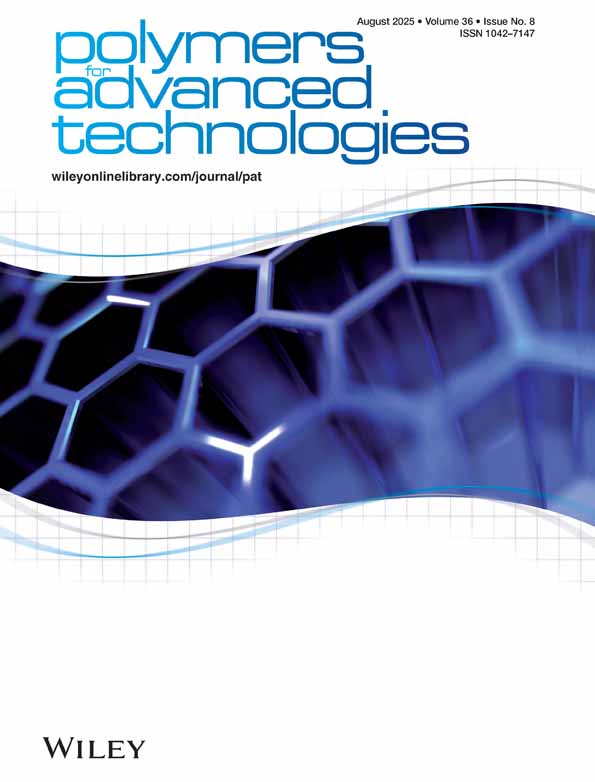A comparative study on the cooperative binding of surfactants with solubilized polymers and networks
Abstract
The cooperative binding of a linear as well as a crosslinked polyelectrolyte with an oppositely charged surfactant has been analyzed theoretically and experimentally. The experimental results showed that the presence of crosslinkage significantly enhances the initiation process but strongly suppresses the cooperation of the binding. In the theoretical analysis, the hydrophobic interaction has been treated using the nearest-neighbor interaction model, while the electrostatic interaction has been calculated using a rodlike model. The general formulas derived on the basis of the free energy minimum principle demonstrated that the crosslinkage enhances the initiation process but strongly suppresses the cooperation owing to the osmotic pressure in the network domain. The theoretical results showed fairly good agreement with the experimental data, confirming the essential features of the theory.




